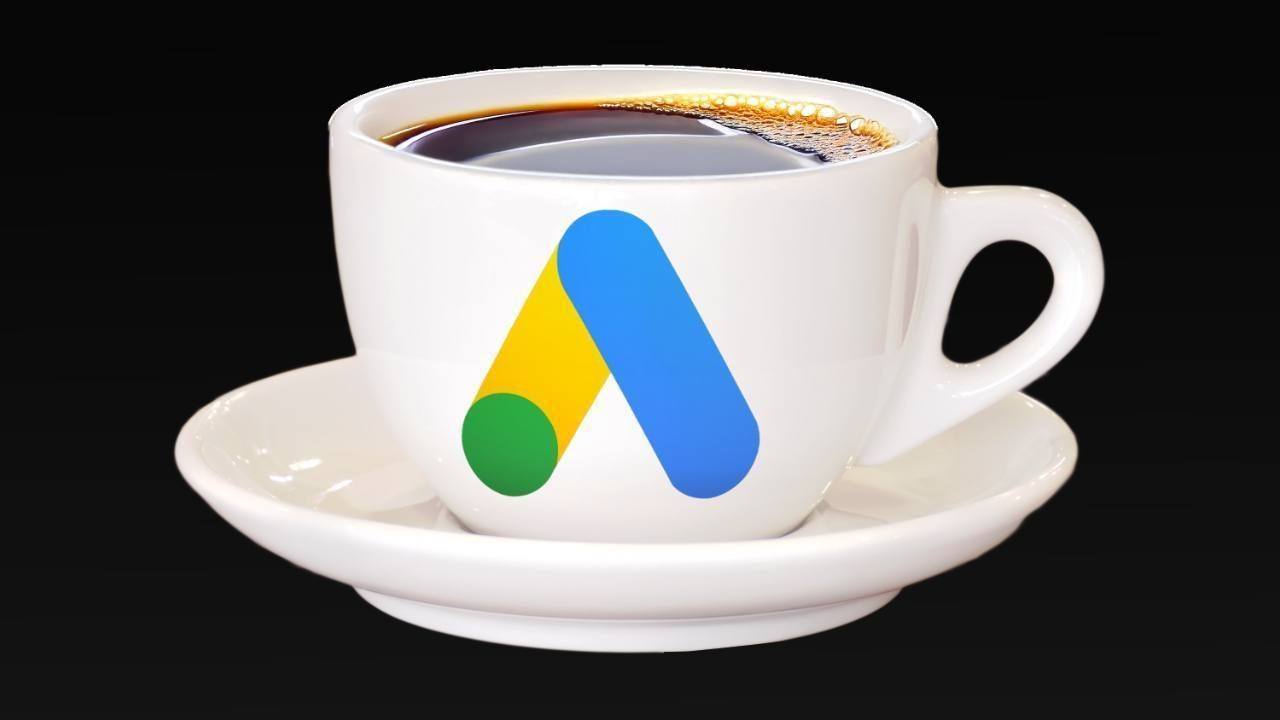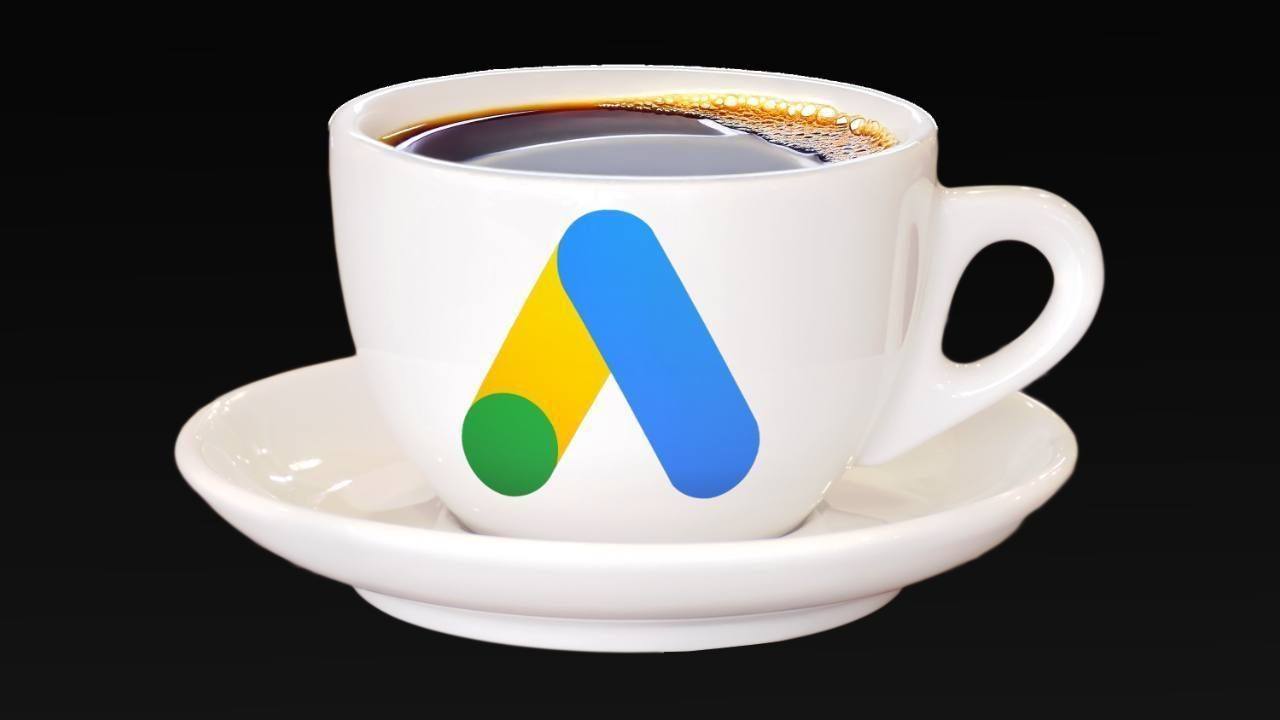Starting with Performance Max: The 2025 eCommerce Checklist
Performance Max is a bit like Taylor Swift’s latest album launch…
Some marketers absolutely love it and will defend it with their lives.
Others run for the hills at the mere mention of the words “Performance Max.”
That is why this week, I will be releasing 2 x YouTube videos with a checklist for running PMAX for eCom or Lead Gen.
Today we will start with: should you use Performance Max (PMax) for your eCommerce brand?
Why I Like Performance Max (With Caveats)
Let’s be clear, I’m a fan of PMax. It’s active in all of the eCommerce accounts I manage or coach.
But here’s the key: every one of those accounts also runs Search and Shopping campaigns alongside PMax.
So before you flip that “enable” switch, let’s go through a Performance Max checklist you should complete first.
Step 1: Don’t Start with PMax for Brand-New Accounts
I view Performance Max as a secondary campaign, not a starting point.
You should only launch PMax after you’ve:
-
Collected initial conversion data
-
Tested ad copy, landing pages, and offers
-
Identified which products convert best
Why?
Because Search and Shopping campaigns give you far more control. They let you target high-intent keywords and understand how users respond to different messages.
Once you’ve built that foundation, you’ll have stronger data for PMax’s machine learning to leverage.
💡 If you’ve been active on Meta Ads and already know your top-performing audiences & creatives, you can test PMax earlier but still consider running Search alongside it.
Step 2: Optimize Your Product Titles & Attributes
In eCommerce, PMax campaigns rely heavily on product data.
Your search themes and signals act only as suggestions, not hard targeting.
That means your product titles, descriptions, and attributes need to do the heavy lifting.
Include:
-
Product type and category
-
Materials or ingredients
-
Target audience (age, gender, use case)
-
Unique selling points (color, size, benefits)
The richer the data, the better Google can match your products to search intent.
Step 3: Optimize Your GMC (Google Merchant Center) Store Quality
Google ranks Shopping ads based on three key factors:
-
Your bid and budget
-
Product relevance (title + attributes)
-
Product Feed Quality & Store Quality
Even if your products are perfectly optimized, a low Store Quality score can hurt your ad visibility.
Make sure your Merchant Center includes:
-
Accurate shipping and return info
-
Updated policies
-
High-quality product images
-
No disapproved or missing data
📊 Check your Store Quality inside Merchant Center and fix any warnings before launching PMax.
Step 4: Understand Your Pricing & Brand Position
Here’s where things get nuanced. You don’t need to be the cheapest in your category but price is a ranking factor.
If you’re:
-
A new advertiser with limited data
-
Competing in a crowded niche
-
Not the lowest-priced option
Then PMax may struggle initially. Build some conversion history with Search campaigns first, so Google knows which audience segments are most likely to convert.
The Takeaway
Performance Max is a powerful tool for eCommerce brands but only when set up correctly.
Before launching PMax, make sure you:
✅ Have tested Search and Shopping campaigns running
✅ Optimized product titles, attributes, and store quality
✅ Understand your pricing position and data maturity
When you combine these elements, PMax can scale your results faster and more efficiently than almost any other campaign type.
Have a great week,
Aaron

- Monday 27th October, 8pm AEST: Starting with Performance Max [eCom Checklist]
- Monday 29th October, 8pm AEST: Performance Max for Lead Gen Businesses [Do this First]
Head Over To My YouTube Channel 👇
|

[LIVE MASTERCLASS + Q&A]
Account Reviews | with Aaron Young 💻
Wednesday, 29th, October, 2025, 4:00 PM (AEST)
Wednesday, 29th, October, 2025 06:00 AM (GMT)
Tuesday, 28th, October 2025, 11:00 PM (PT)





